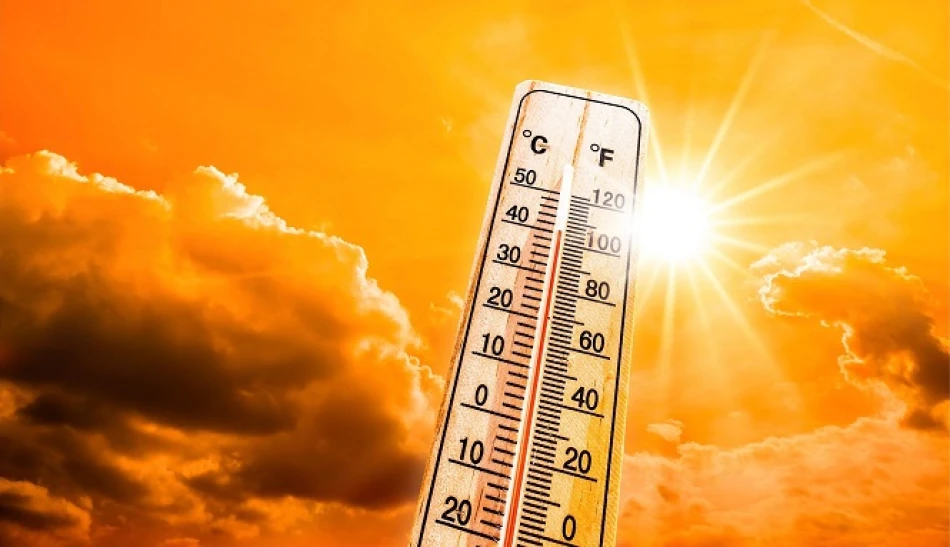
Scorching Temperatures Scorch Al Ain as UAE Sizzles at 48.2°C
UAE Records Scorching 48.2°C as Summer Heat Intensifies Across the Gulf
The United Arab Emirates recorded its highest temperature of the year on Saturday, with thermometers hitting 48.2°C (118.8°F) in two separate locations, highlighting the intensifying summer heat that regularly grips the Gulf region. The extreme temperatures underscore the ongoing climate challenges facing one of the world's most energy-intensive economies.
Peak Heat Strikes Multiple Regions
The National Center of Meteorology documented the record-breaking temperatures in Al Khaznah area of Al Ain city at 2:15 PM and in Hameem area of Al Dhafra region at 3:30 PM local time. These readings represent the kind of extreme heat that has become increasingly common across the Arabian Peninsula during summer months.
The meteorological center emphasized that these temperatures fall within the expected range for the UAE's typical summer weather patterns, which the organization monitors daily through regular bulletins and weather warnings.
Regional Context and Climate Patterns
The UAE's summer heat waves are part of a broader regional phenomenon affecting the entire Gulf Cooperation Council area. Countries like Saudi Arabia, Kuwait, and Qatar regularly experience similar or even higher temperatures during peak summer months, with some areas reaching above 50°C.
What makes the UAE's situation particularly notable is the contrast between these extreme outdoor temperatures and the country's heavy reliance on air conditioning and cooling systems, which can account for up to 70% of peak electricity demand during summer months.
Economic and Infrastructure Implications
Energy Consumption Surge
These temperature spikes translate directly into massive energy consumption as residential, commercial, and industrial sectors ramp up cooling systems. The UAE's electricity grid typically sees its highest stress during these peak heat periods, often coinciding with the hottest parts of the day when solar energy generation paradoxically becomes less efficient due to equipment overheating.
Urban Planning Challenges
The extreme heat also reinforces the importance of the UAE's ongoing urban planning initiatives, including the development of climate-controlled walkways, underground transportation networks, and energy-efficient building codes. Cities like Dubai and Abu Dhabi have invested billions in infrastructure designed to function effectively in these challenging conditions.
Broader Climate Adaptation Strategy
Unlike many countries still debating climate adaptation measures, the UAE has been forced to innovate out of necessity. The nation's experience with extreme heat has driven advancements in cooling technology, desert agriculture, and renewable energy systems designed to operate in harsh conditions.
The country's investment in nuclear power through the Barakah plant and massive solar projects like the Mohammed bin Rashid Al Maktoum Solar Park reflects a strategic response to the energy demands created by this climate reality. These infrastructure investments position the UAE as a testing ground for technologies that other hot-climate nations may need to adopt as global temperatures continue rising.
Most Viewed News

 Sara Khaled
Sara Khaled






